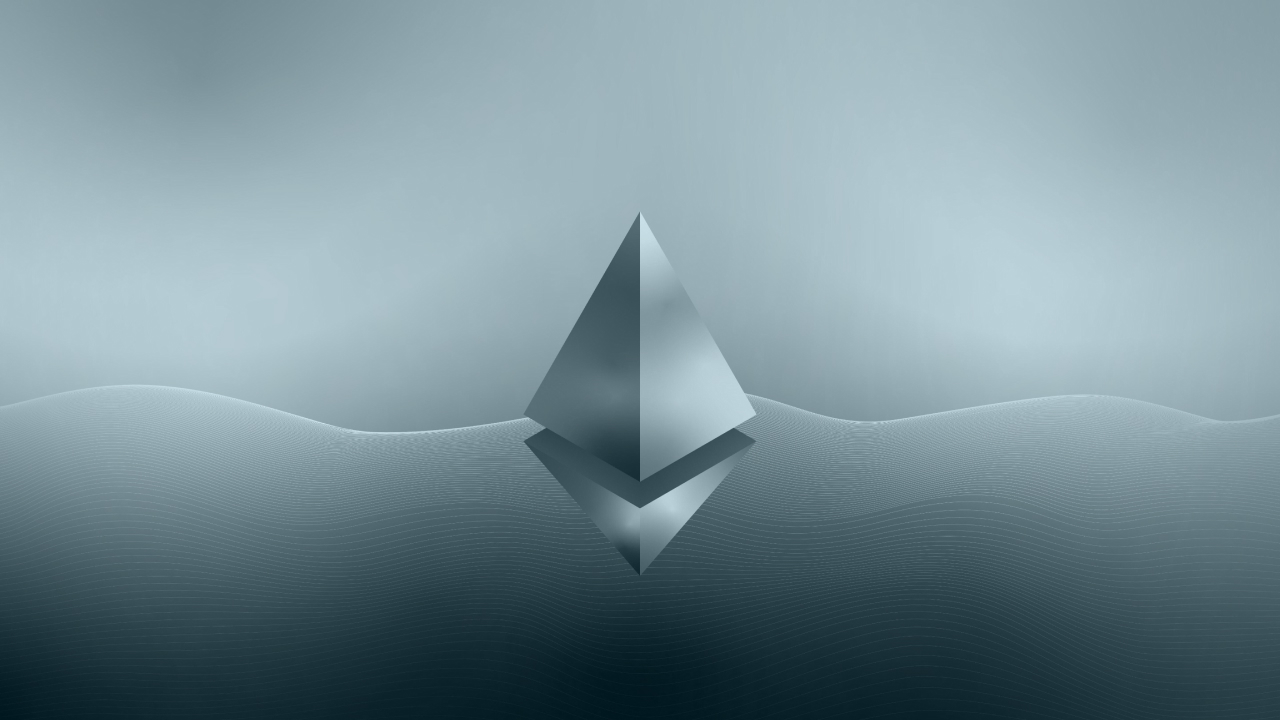There has been much discussion around the upcoming Shanghai upgrade on the Ethereum network and what that means for ETH prices. The upgrade is designed to give network validators access to their staked ETH for the first time, which is a major change for the network. Initially, this looks like a potential increase in supply, but there are other nuances to consider.
Could there be an increase in staking?: The percentage of ETH staked relative to its free float is quite low, c14%, compared to other protocols (AVAX 62.5%, MATIC 39%). Having an undefined lock-up period was prohibitive to some participants, especially those who were uncomfortable with the counterparty risk. With the lockup period now removed, this may entice natural longs and allocators to stake their ETH, thus potentially reducing the free float.
Price Change since ETH was Staked: Most ETH currently staked was done when prices were higher than prevailing levels. Once unlocked, will these holders be enticed to liquidate? We believe this is unlikely. Anyone who staked for an undefined period is most likely a believer in the project and are long term holders, so we don’t anticipate a significant unwind of these positions.
Impact of Liquid Staking: 43% of staked ETH is in a liquid staking pool which means holders who want to trade still have a means to do so. This volume is essentially already free float and unlocking it is likely to have limited impact on supply.
ETHBTC spread: Whilst BTC and ETH have performed very well this year, there has been a relative underperformance in ETH. With the ETHBTC spread at multi month lows, suggesting uncertainties surrounding the Shanghai upgrade are holding back ETH prices (notwithstanding the recent flight to safety). For the merge there was a ‘buy the rumor sell the fact’; could this be a ‘sell the rumor buy the fact’ event?
SEC Kraken Ruling: Kraken has halted all staking services for US clients since the SEC ruling and has started redeeming staked coins. However, it cannot unlock any staked ETH until the Shanghai upgrade is complete. We estimate at least 50% of Kraken’s client base is US based, which equates to roughly 600,000 ETH that will be unlocked. Much of this ETH will find its way to another staking platform, but a proportion will be converted to USD as the US regulatory noose tightens, therefore increasing the free float.
Conclusion: Considering all the above, there should be a general decrease of the free float over time and a potential price increase, but macro drivers will have a greater impact, especially given the current environment. Traders are going to trade, holders are going to hold and as for the Shanghai upgrade, the market will likely shake it off.






